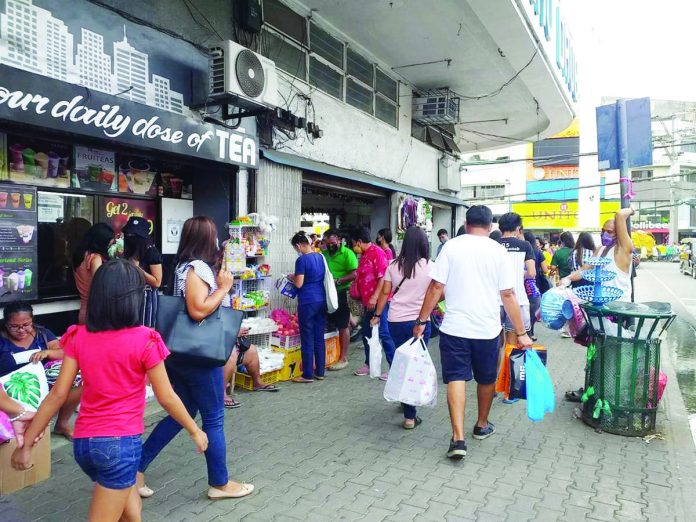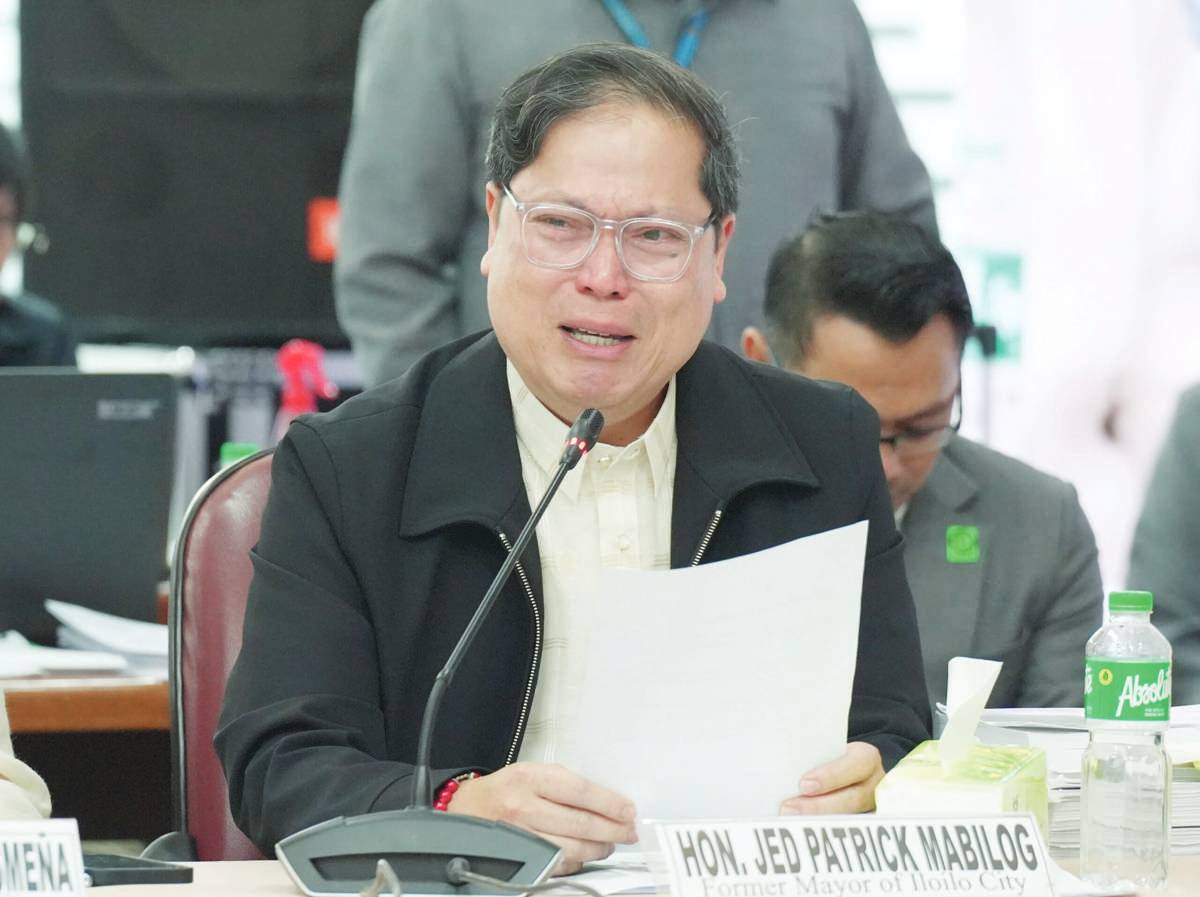
ILOILO City – The Department of Labor and Employment (DOLE) has assured both employees and employers in Region 6 of an upcoming deliberation on the proposed wage increase. They plan to release a decision soon on whether there will be an adjustment this year.
The Regional Tripartite Wages and Productivity Board (RTWPB) Region 6 yesterday conducted a public hearing on minimum wage adjustment at the National Economic and Development Authority (NEDA) Hall in Iloilo City.
Chaired by DOLE Region 6 director Atty. Sixto Rodriguez Jr., the RTWPB includes NEDA-6, led by Director Arecio Casing Jr., and the Department of Trade and Industry, led by Office-in-Charge Director Ermelinda P. Pollentes. Representatives from labor groups, the employee sector, and the employer sector also attended the public hearing.
“We are committed to resolving this as quickly as possible, whether there is an increase or not. My colleagues at RTWPB-6 are also eager to sit down and discuss the issue,” Rodriguez said.
Two wage hike petitions, advocating for a P100 across-the-board increase in the daily minimum wage for all private employees, have been filed. These came from Iloilo City-based groups: United Labor-Western Visayas in February and the Iloilo Pepsi Cola Workers Independent Union.
“Based on the public hearing’s outcome and the sentiments of both employers and employees, it seems we can expect some positive developments,” Rodriguez told Panay News after the public hearing.
No Opposition from the Iloilo Business Sector
The proposed wage increase has seen little resistance from the local business community.
However, Engr. Fulbert Woo, president of the Philippine Chamber of Commerce and Industry-Iloilo Chapter (PCCI-Iloilo), admitted that the P100 proposed hike might be burdensome for employers.
“Such an increase would be challenging for many businesses,” Woo commented.
Representing the business sector of Iloilo City, the province, and most micro, small, and medium enterprises (MSMEs) at the public hearing, Woo emphasized the desire for a balanced outcome.
He said, “We need to address both employees’ and business owners’ needs.”
Recent data revealed an improving employment rate in Iloilo City and its province compared to other regional areas.
Woo is optimistic about further reductions in the unemployment rate and attracting more investors to the region.
Potential Wage Increase by Yearend?
Rodriguez noted that several regional offices have been expected to issue wage orders, hinting at the possibility of a decision before the end of the year.
The primary factors in such decisions would be the region’s socioeconomic conditions balanced against employers’ capacity to pay.
Regarding the P100 proposed increase, Rodriguez indicated that most regions approved hikes between P30 to P50.
The highest, so far, is P50 in either Region 4A or National Capital Region.
Three regional DOLE offices have so far issued new wage orders.
The Cagayan Valley wage board issued Wage Order No. RTWPB 2-22 on Sept. 21, providing a P30 increase in the minimum wage to be given in two equal tranches – upon its effectivity (first tranche) and on April 1, 2024 (second tranche).
After full implementation of the tranches, the minimum wage rates in the region will be P450 for non-agriculture and P430 for agriculture establishments.
The Central Luzon wage board, meanwhile, issued Wage Order No. RBIII-24 on Sept. 19, granting a P40 pay increase for workers in non-agriculture, agriculture, and retail/service establishments.
This brings the minimum wage range to P493 to P500 (non-agriculture); P454 to P470 (agriculture) and P475 to P489 (retail/service sector) in the provinces of Bataan, Bulacan, Nueva Ecija, Pampanga, Tarlac and Zambales.
In Aurora province, the new minimum wage would be P449 (non-agriculture); P422 to P434 (agriculture) and P384 (retail/service sector).
The Soccsksargen wage board, in Wage Order No. RB XII-23 on Sept. 21, granted a P35- increase to workers in the non-agriculture, agriculture, and service/retail establishments to be given in two tranches – P22 (first tranche) upon effectivity and P13 (second tranche) on Jan. 1, 2024.
After full implementation, the daily minimum wage rates in the region will be P403 for non-agriculture, and P382 for both agriculture and service/retail sectors.
The wage board also granted a P500 minimum wage hike for kasambahay, bringing their monthly wage rate in the region to P5,000 in cities and first-class municipalities and P4,500 in other municipalities in the region.
Position of United Labor-Western Visayas
In a statement shared with the media yesterday, United Labor-Western Visayas firmly asserted that the wage increase approved by RTWPB-6 in June 2022 hasn’t kept pace with the rising inflation.
The group highlighted that Western Visayas recorded its peak inflation rate of 10.8% in February this year, a sharp rise from the 3.3% in February 2022. By August, the rate was 6.1%, compared to 7.4% in August 2022.
“Despite the decline in the inflation rate, the cost of essential goods remains high. The substantial price increase of rice, by over P20 per kilo, combined with the domino effect of petroleum price hikes on commodity prices, has placed immense strain on minimum wage earners,” the statement noted.
The group cited data from NEDA and the Philippine Statistics Authority (PSA), indicating that as early as 2018, a family of five required a monthly income of P42,000 — or P1,400 daily — for a decent standard of living.
“Given today’s minimum wage of P450, even if two family members earn, the combined income falls short of this essential threshold,” the statement continued.
The region’s highest nominal minimum wage struggles to match the PSA-defined poverty threshold. According to PSA data, the annual poverty threshold for a family of five in the region is P27,083 per person or P11,285 monthly for the entire family. A minimum wage earner, working 26 days a month, earns approximately P11,700 — barely above this poverty line.
The group emphasized the limited financial flexibility this provides, especially when considering unforeseen expenses like medical emergencies or future family needs. With the region’s real wage at P362 — or P9,412 monthly — it’s P1,873 short of the poverty threshold. The actual value of wages has dropped by P88.
United Labor stressed the urgency of addressing the wage issue amidst the country’s economic challenges.
“It’s not just about survival for wage earners and their families; it’s equally crucial for business owners, particularly those in micro, small, and medium enterprises,” they said./PN



